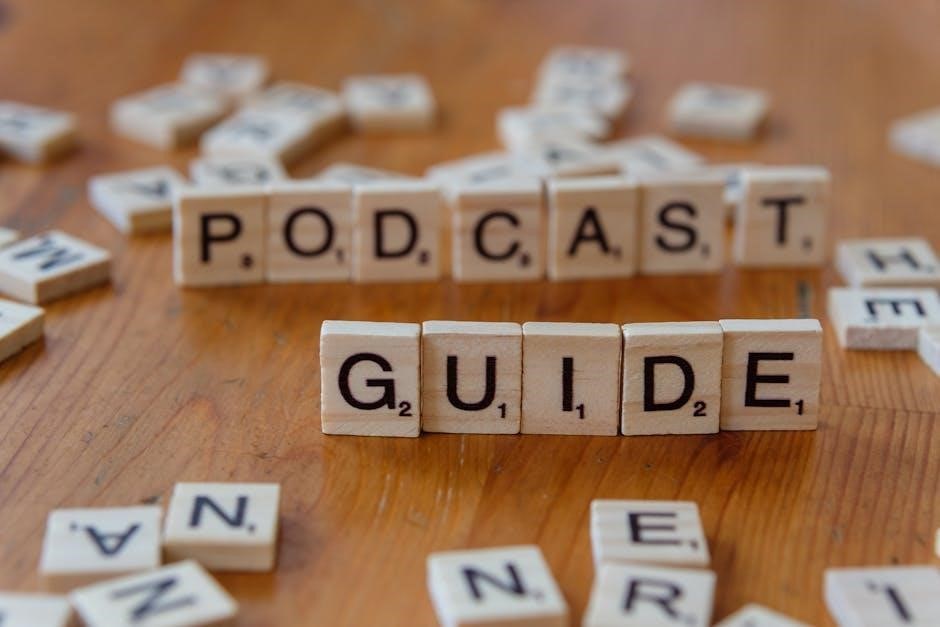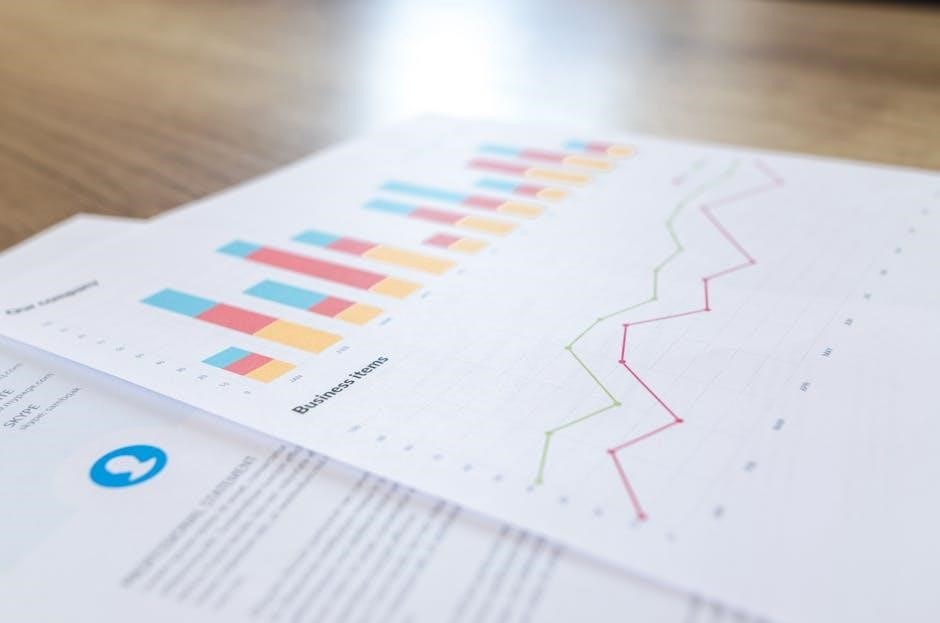Importance of Accurate Measurements
Accurate measurements are crucial for achieving proper fit and alignment, saving time and preventing costly mistakes․
Using a flexible tape measure is essential for obtaining accurate results, and it is necessary to follow specific steps to take body measurements accurately․
Proper measuring techniques are vital, and investing in soft and flexible tape measures can make a significant difference in the accuracy of the measurements․
The importance of accurate measurements cannot be overstated, as it directly affects the final result, whether it is a perfectly fitted garment or a well-designed room․
By following the guidelines and using the right tools, individuals can ensure that their measurements are accurate and reliable․
This, in turn, can lead to a better outcome, whether it is a custom-made garment or a newly designed space․
The role of accurate measurements in achieving success in various projects and activities cannot be ignored, and it is essential to prioritize accuracy when taking measurements․
With the right approach and tools, individuals can achieve accurate measurements and enjoy the benefits that come with it․

Preparation for Measurement
Prepare by gathering necessary tools, including a flexible tape measure, and clear space to ensure accurate measurements and a smooth process with correct units and equipment․
Tips for Taking Measurements
To take accurate measurements, it is essential to follow specific tips and guidelines․
Using a flexible tape measure is recommended, as it allows for smooth and precise measurements․
Measurements should be taken on bare skin, rather than over clothing, to ensure accuracy․
Additionally, it is crucial to use the correct units and to double-check measurements for accuracy․
A happy medium between tight and loose is ideal when taking measurements, as this ensures that the tape measure is not too constricting or too loose․
By following these tips and guidelines, individuals can take accurate measurements and achieve the desired results․
It is also important to stand upright with shoulders relaxed and feet shoulder-width apart when taking measurements․
This helps to ensure that measurements are taken consistently and accurately․
Furthermore, measurements should be taken in a well-lit area, with minimal distractions, to ensure focus and accuracy․
Overall, taking accurate measurements requires attention to detail and adherence to specific guidelines and tips․

Measuring the Body
Measuring the body requires a tape measure to circle the neck and other areas with ease and accuracy always․
Measuring the Collar and Other Body Parts
To measure the collar, use a tape measure to circle the neck where the collar sits, just below the Adam’s apple․ Make sure to keep the measuring tape straight and not too tight or too loose․
When measuring other body parts, it is essential to follow specific steps to ensure accurate results․
The measuring tape should be pulled evenly across the body with no slack, and it should be parallel to the floor․
It is also crucial to measure on bare skin rather than over clothing to get the most accurate measurements․
By following these guidelines, you can ensure that your measurements are accurate and reliable․
Using a flexible tape measure can also help to achieve more precise results․
Additionally, it is recommended to take measurements in a relaxed state, with your shoulders relaxed and your feet shoulder-width apart․
This will help to ensure that your measurements are consistent and accurate;
By taking the time to measure your body parts correctly, you can ensure a proper fit and avoid costly mistakes․
It is also a good idea to have someone assist you in taking your measurements to ensure accuracy․

Measuring Rooms and Spaces
Measuring rooms involves drawing an outline and marking walls, doors, and windows, then measuring details like lengths and heights with flexible tape measures for accurate results always․
Guidelines for Measuring a Room
To measure a room, start by drawing an outline of the space, including the location of doors and windows, and then break down the measurement process into smaller tasks․ Use a flexible tape measure to record the length and width of each wall, as well as the size and placement of any obstructions, such as beams or columns․ It is also important to measure the height of the ceiling and the width of any doorways or hallways․ By following these guidelines, you can create an accurate and detailed map of the room, which can be useful for a variety of purposes, such as construction, decorating, or furniture arrangement․ Measuring a room can seem like a daunting task, but with the right tools and a little patience, it can be accomplished with ease․ Take your time and work methodically to ensure accurate results․
